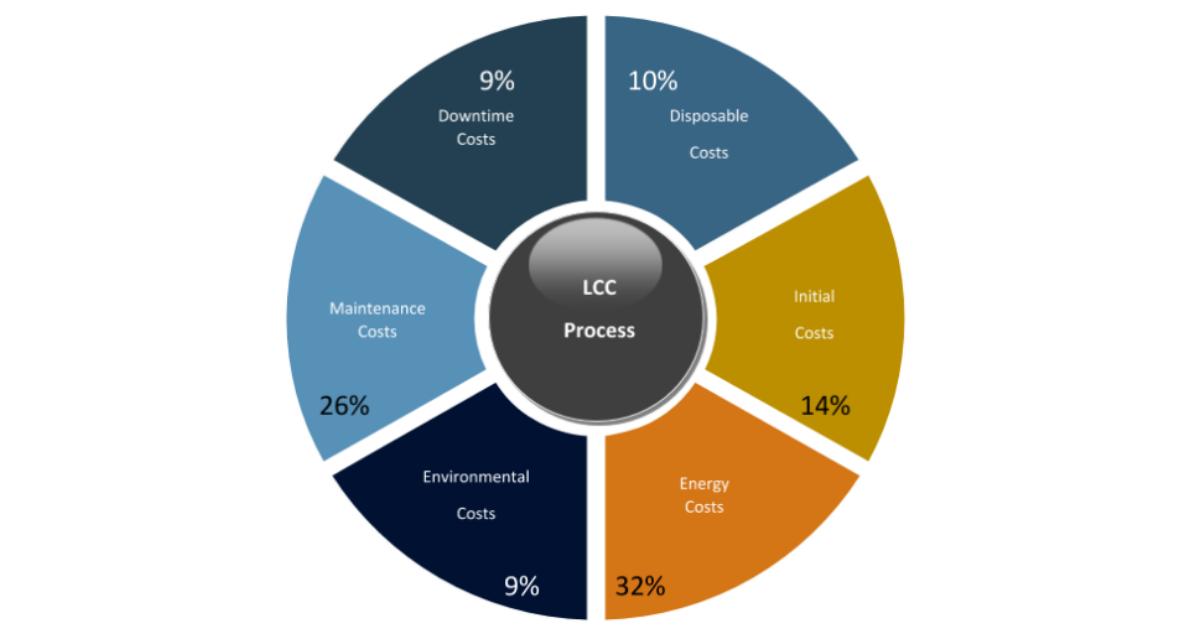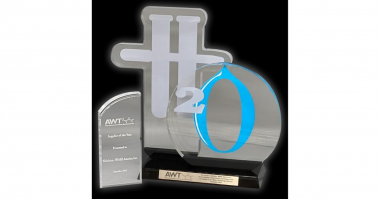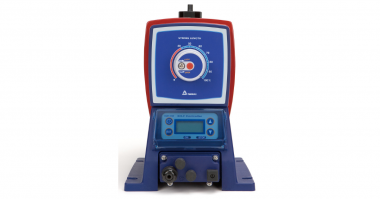Life Cycle Cost (LCC) is the process of estimating how much money you will spend on an asset over the course of its useful life. This is sometimes referred to as cradle to grave cost. It takes into consideration many factors of an asset’s life and the cost associated with it during that time. When considering the LCC of a centrifugal pump, especially in a critical process, the following factors are taken into consideration:
Initial Cost – this is the cost of the product. It is easy to calculate – look at the purchase order you placed for the pump. Add any services needed to install the pump. This is your initial cost.
Energy cost – this is also relatively easy to calculate. Calculate the number of kilowatt (KW) hours the pump will use and multiply it by the KW hour cost that your electrical provider charges you. Multiply that by the expected hours of life you expect for the pump and an approximate total energy cost is calculated.
Environmental cost – this is for pumps that are pumping fluids that are dangerous to the environment. Petroleum, solvents, and chemicals are great examples. If a mechanical seal leaks allowing the fluid to enter the environment a cleanup cost is associated with it.
Maintenance cost – As mentioned above a leaking mechanical seal can cause an environmental cost but the cost to maintain the seal also has an associated cost. The #1 reason a mechanically sealed pump is pulled from service is to replace a worn or failing mechanical seal.
Downtime cost – When a pump is sent to the maintenance shop for repair the service is taken offline. There is a cost associated with downtime on production.
Disposal cost – Often a cost that is forgotten. A pump that has spent its life in a hazardous service needs to be decontaminated and properly disposed of. These costs can be expensive.
The costs on the right side of the chart are pretty much fixed. Some pumps may be less expensive than others or carry a higher efficiency lowering energy costs. Costs on the left side of the chart are very variable. Proper seal selection and alignment can lower your environmental, maintenance, and downtime costs. The use of sealless pumps, where appliable, can also help nullify these costs.
Iwaki America is a global leader in magnetic drive sealless pump technology. Learn more at iwakiamerica.com




